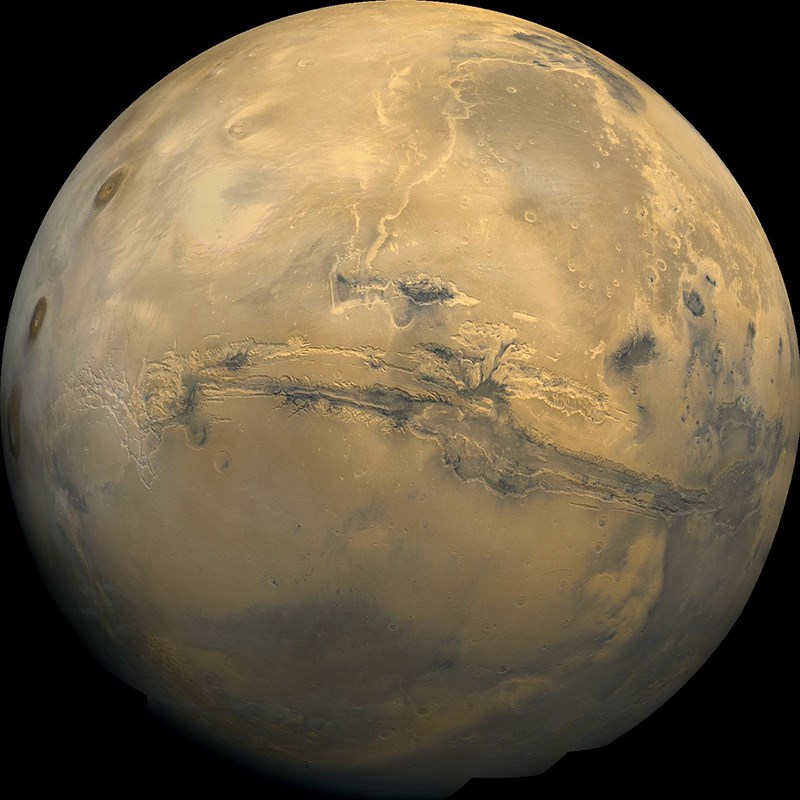Laura Austin
The space ship Orion took its maiden voyage on Dec. 5. It was scheduled to launch the day before but was plagued with interruptions, including a ship being in the launch area, strong winds and frozen valves.
My belief is that everything happens for a reason and Orion was destined to launch when it did, the first day of the “Mars Era.”
The U.S. space ship is the first step to becoming earth independent.
With bated breath I watched the launch of Orion atop its Delta rocket, which kind of catches itself on fire, glowing brilliant orange and thrusting the capsule up like a cherry on top through the earth’s atmosphere and into outer space.
The test flight made two orbit of the earth in four hours and 25 minute.
Orion traveled 15 times higher than the International Space Station, which is in a low-earth orbit 260 miles up. The spacecraft entered the Van Allen Belt, which has high levels of radiation.
Engineers and scientists were eager to see the effects of the radiation on the computers and the environment in the capsule itself, and it reached all the major milestones in its journey flawlessly. All systems reacted just as they should.
As Orion began to fall back to earth it reached speeds of 32,000 km/h. The farther you go the faster you come back, and the faster you come back the hotter the capsule gets.
The flight was a big test for the heat shield, which is 1/20th of its entire weight. At 16.4 feet (five metres) in diameter, it’s the largest and most advanced composite heat shield ever built.
When Orion returned to the earth’s atmosphere it was travelling 20,000 miles per hour and temperatures reached 4,000 degrees Fahrenheit. As NASA’s unmanned aircraft Ikhana captured video of Orion plummeting to earth it was incredible to see just how fast it was travelling, and easy to imagine astronauts inside.
A sequence of 11 parachutes was required to slow the capsule to 25km/h and return with a safe splashdown.
Orion looked so peaceful and accomplished as it floated under its peppermint candy swirl parachutes over the Pacific Ocean.
It was a picture-perfect maiden voyage and beautiful and inspiring to witness. America’s space program is looking pretty amazing for the 21st century.
Look out Mars, here we come.
Laura Austin is an amateur astronomer in Sarnia who wishes every night had clear skies for stargazing.
